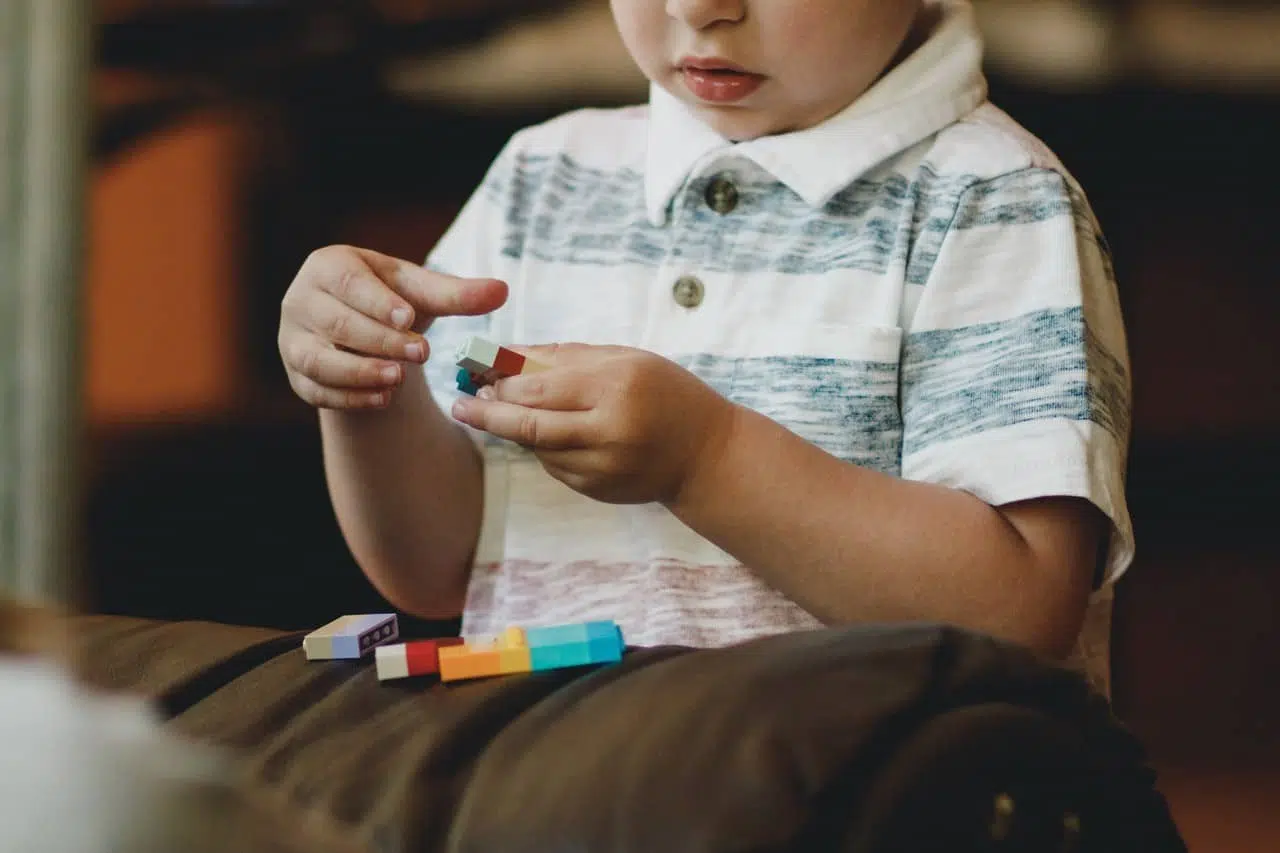Here in the early Spring of 2020, it is difficult for most companies to feel optimistic and confident about thriving in the future, whilst others will be feeling pretty hopeless about their chances of even surviving an extended period of economic decline. We thought we’d remind everyone of how the combination of consumer research and the power of branding can give us all hope of making a full recovery. Here are three brands that made transformational recoveries from seemingly impossible situations to restart business growth.
Skoda | From The Butt of Jokes to Car of the Year
The 70s, 80s and early 90s. Jokes were either about ‘the mother-in-law’, or Skodas.
- What do you call a Skoda with a sun roof? A skip.
- How do you double the value of a Skoda? Fill the fuel tank.
- Have you got a wing mirror for my Skoda? Okay,
that seems like a fair swap.
In those years, Skoda went on and on and the name became the epitome of poor quality. The Czech owners also seemed to do themselves few favours. For example, the word Skoda means ‘shame’ in Czech; can you imagine a worse attempt at nomenclature? But then what happened? How did they overcome this overwhelming brand prejudice and address the fact that they had just a 1 per cent share of the UK car market?

In April 1991, Skoda became part of the Volkswagen Group, then comprising four brands; VW, Audi, Seat and now Skoda. The Czech government maintained some ownership, and a key element in accepting Volkswagen as their partner was the assurance that the Skoda marque would remain independent and its factories would continue to operate, whilst VW provided engineering, innovation and the branding work needed to improve its image in order to make it competitive. Key to this was the transformation from being product-focussed under the Czech government and behind the iron curtain, to being consumer-focussed – as VW had achieved three decades earlier when DDB had created an advertising campaign for the classic Beetle, and in doing so, lit the touch paper on what was to become one of the most distinctive, compelling and enduring of brands.
By 1995 the Felicia hatchback was launched in the UK, followed by an estate car, then a new 1.6 litre version with the engine from the Volkswagen Golf. This product was clearly a significant improvement on the pre VW period, but what about the public’s perception of the image?
Their strategy was honest and transparent – effectively recognising that they had been in a poor position, and making consumers aware of the company’s features and benefits by way of its personality and strengths. Skoda’s brand personality has been rebuilt to be seen as friendly, human and honest, with a self-deprecating sense of humour.
Instead of pretending that the past 30 years had not happened, as some brands attempt to do when faced with a toxic past, Skoda parodied this period in their advertising and positioning. Their tongue-in-cheek campaign ‘It’s a Skoda. Honest’ included cool people being surprised to discover that the smart new car in front of them was, in fact, a Skoda.
The subtext is huge. The line invites people who are either a) self-confident and not interested in following the herd and/or b) who want value for money, assuring them that the Skoda is the car for them.
And it worked. With their Octavia, Superb and Kodiaq all having won Car of the Year accolades and the firm promising 30 new cars by 2023, Skoda has restarted business growth and transformed itself from ridicule to virtually cool.
Lego | Rebuilt Brick by Brick
Founded in Denmark in 1932, Ole Kirk Kristiansen slowly grew his toy business from wooden toys to the production of plastic bricks. By the 1950s the bricks had become the product we all know and love. By the 1960s, it was being sold all over the world and the first Legoland theme park had been commissioned.
Lego is one of those toys that bridges the divide between parents and children – with children enjoying the ability to build whatever they wanted, and parents encouraging them to use their imaginations and to learn about structure and form whilst happily playing. For pub quiz fans, a well-known trick question is ‘What company makes the most vehicle tyres?’ The answer is Lego….
The company’s decline started around the turn of the century. The strategy of theming their sets in line with significant Hollywood-based franchises, such as Star Wars, was intrinsically successful, boosting sales whenever a new film launched and providing a long tail as the film went through various formats, such as DVD and TV premieres.
However, this apparent success had unintended consequences. As well as the conventional and well-understood seasonality in the toys sector, and the need to make sure that Santa has sufficient stock come December, suddenly the company was dealing with big spikes and deep valleys in demand; meaning fluctuations and volatility that made it difficult to control costs. It is reported that by 2003 the company was losing over three hundred million dollars a year.

The company remains owned by the family of the founder, but it was time to change the leadership or die. In late 2004, a new CEO was brought into the business from the outside. Age 36, Jørgen Vig Knudstorp asserted that the company had become corpulent and complacent. He immediately implemented a back-to-basics, sticking-to-our-knitting restructuring – tagged ‘back to bricks’. He disposed of the theme parks, sold the excessive head office and moved to basic offices and drove a modest car himself. Around 3,500 of the 8,000 jobs were removed.
He identified that some Directors had served for more than 40 years and, no doubt, he encountered Group Think. In addition, because the company was privately held with less stringent reporting, it appeared that many executives and others were not aware of the losses being incurred.
The simplification strategy saw 30 per cent of products cancelled and no new products were green lighted without a 13.5 per cent margin modelled. He also championed innovation. Combined with learnings from the success of their franchise partnerships, this led to the development of their own licensed ranges including a line based around a mythical world and Lego Friends. In the ultimate homage to their previous partnerships, The Lego Movie was created and became one of the most popular and profitable films of 2014.
Underpinning and informing this innovation was a rigorous and vigorous attitude to global research into play and learning, and to understanding what it is that parents and children aspire to and need.
The new leadership also brought an appetite for the use of social media to engage children of all ages. Perhaps earlier than many companies, Lego understood that the generation of children they were targeting were already using mobile devices, apps and games.
The transformation addressed the legacy financial failings and Lego has become a fast-growing company once again. By progressing its positioning, rebooting its brand strategy, and introducing licensing and managing costs, Lego has reinvented itself to restart business growth and become relevant and engaging for a whole new generation of children.
When Apple Went Rotten
Famous for having made more profits in numerous reporting quarters than any other company in history, it is difficult, whilst perhaps inspiring, to imagine that Apple almost went bust and filed for bankruptcy in 1997.
Having co-founded the company in 1976, Steve Jobs left Apple in 1985 after a disagreement with the CEO, John Sculley, who Jobs alleged fired. Following the exit of their talismanic visionary, Apple began to suffer with serious issues which came to a head in 1996. In 1997, after 12 consecutive years of losses, the CEO was removed from his post and Steve Jobs was reinstated to revitalise Apple’s fortunes. At that time, Bill Gates and Microsoft also made a big investment in Apple to help shore up its finances in a move which saw both parties accused of fraternising with the enemy.

One of Jobs’ first decisions was to avoid the sunk cost fallacy by cancelling ‘the Newton’, which was a project that had required $100 million investment, and was, at that point, ahead of its time. What did he do that took this broken company and its new investment and turned it into the most profitable corporation ever? Bigger than the banks, bigger than the oil companies, bigger than the hedge funds? The answer was remarkably simple, but deployed with genuine, authentic, legitimate conviction.
On stage at a conference, a cynical audience member basically asked Steve Jobs how he intended to solve the company’s issues. Thoughtfully, and deliberately, Jobs explained that the focus of the company had to change from engineering and producing products to sell to consumers, to one that understands what consumers require, and finds a way to produce it. What followed was the iMac, iPod, iPhone and iPad.
What we can learn from these examples
In conclusion, while these three tales have some differences, there are core threads that may be of value as companies brush themselves down and look to the future to restart business growth.
- Conduct deep and wide research into what customers actually want, and then use it to find a way to deliver it.
- Understand what messages these customers want to hear and experience.
- Understand what your brand’s authentic personality and tone is. Stick to it.
- If you don’t seriously embrace innovation, then you’ll be left behind those competitors who do.
- If your board has been together for a long time you may be experiencing Group Think. Bring in someone who will challenge your norms.
Summary
We know that it can be frustrating reading about how large, well-established companies with access to millions of dollars can change their organisations if you are new SME struggling to make ends meet in a difficult economic climate. However, we hope that these stories and hints combine with other input from other sources to inspire you to keep focused on what matters.
If you need a little more help to restart business growth, we’re here to help and to grow together. Get in touch with one of our specialists on 01787 388038 or fill in our contact form and we will get back to you.
For more articles that discuss the impact of COVID-19 on businesses and the value of marketing, see below:
